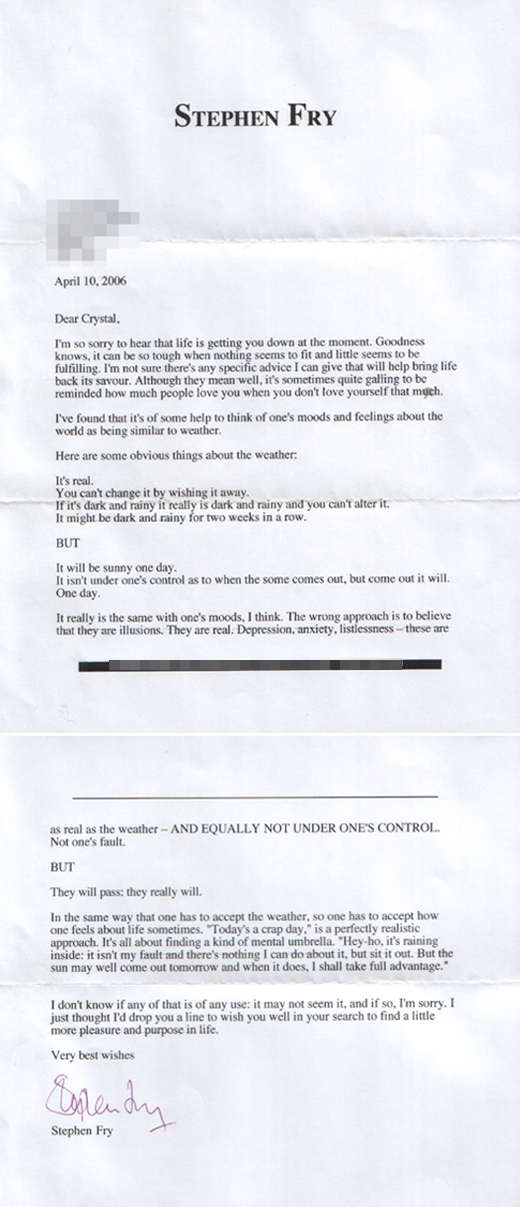Google X began to come up with ideas and test them theoretically and
experimentally. They considered many different wild options, sketching
out new and wacky transportation systems. (“What if you took a glider up
on a balloon with a super long string and the glider goes up, releases,
and zooms down… You can—on paper—satisfy yourself that’s not the right
solution.”) But eventually, Teller realized they needed an expert. They
did a search and ended up pulling Roy across the county.
Roy was perhaps a less-than-obvious choice. For one, he’d never worked on drones flying outside. The challenges of the wind were new to him. Roy neither had a traditional aeronautics background nor had he dealt in logistics. Look back on his resume from the early 2000s, as he prepared to finish his PhD at Carnegie Mellon: There are almost no signs that he’d be the guy Google X would one day tap for a drone project. His most prominent work had been on tour guide and nursing robots.But that leaves out one very important detail: Roy's thesis advisor was Sebastian Thrun, the founder of Google X, and one of the most influential people in robotics. In the years before his tour at Google, Roy did important work with the support of the Office of Naval Research on indoor drone navigation in "GPS-denied" environments, where the vehicles can't rely on satellites to position themselves.
When Roy arrived in California, Project Wing’s initial focus was on delivering defibrillators to help people who have had heart attacks. The key factor in the success of using a defibrillator is how quickly it is deployed, so saving a few minutes of transit time could make for a lifesaving application. But as time went on, the Google team realized that tying into the 911 system and other practical exigencies eliminated the speed advantage they thought they could deliver.
So, now, Teller’s—and, by extension, I will assume Brin’s—big-picture vision has shifted to the ways ubiquitous, two-minute delivery can transform people’s relationship to stuff.
- More Here
Roy was perhaps a less-than-obvious choice. For one, he’d never worked on drones flying outside. The challenges of the wind were new to him. Roy neither had a traditional aeronautics background nor had he dealt in logistics. Look back on his resume from the early 2000s, as he prepared to finish his PhD at Carnegie Mellon: There are almost no signs that he’d be the guy Google X would one day tap for a drone project. His most prominent work had been on tour guide and nursing robots.But that leaves out one very important detail: Roy's thesis advisor was Sebastian Thrun, the founder of Google X, and one of the most influential people in robotics. In the years before his tour at Google, Roy did important work with the support of the Office of Naval Research on indoor drone navigation in "GPS-denied" environments, where the vehicles can't rely on satellites to position themselves.
When Roy arrived in California, Project Wing’s initial focus was on delivering defibrillators to help people who have had heart attacks. The key factor in the success of using a defibrillator is how quickly it is deployed, so saving a few minutes of transit time could make for a lifesaving application. But as time went on, the Google team realized that tying into the 911 system and other practical exigencies eliminated the speed advantage they thought they could deliver.
So, now, Teller’s—and, by extension, I will assume Brin’s—big-picture vision has shifted to the ways ubiquitous, two-minute delivery can transform people’s relationship to stuff.
- More Here









